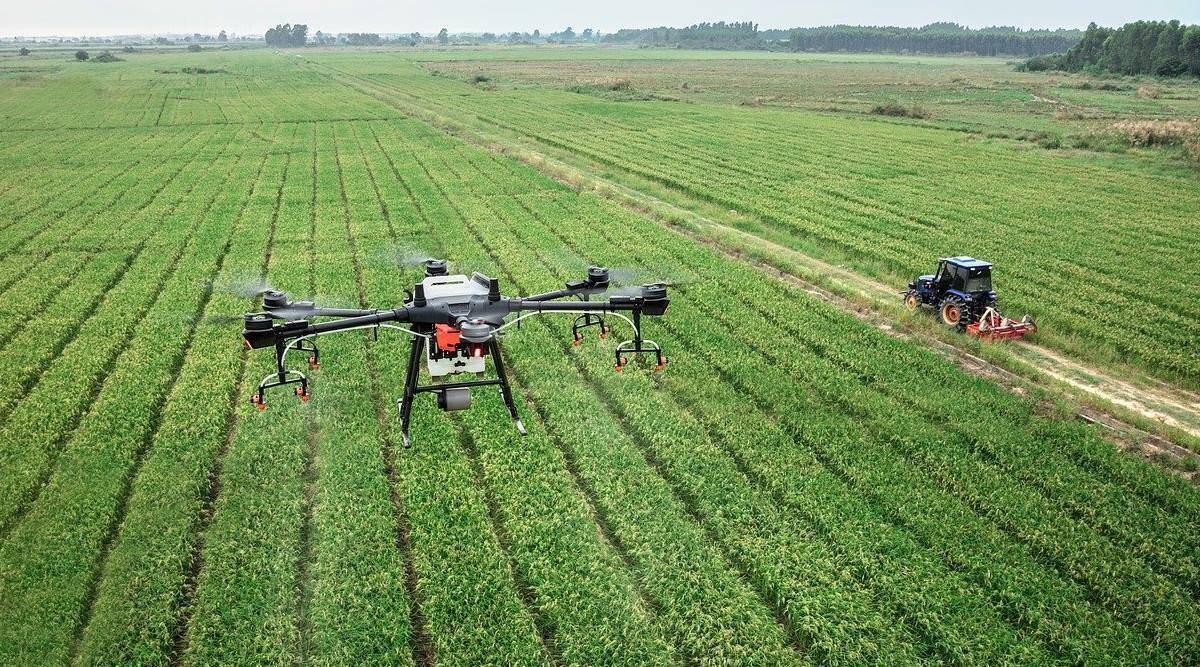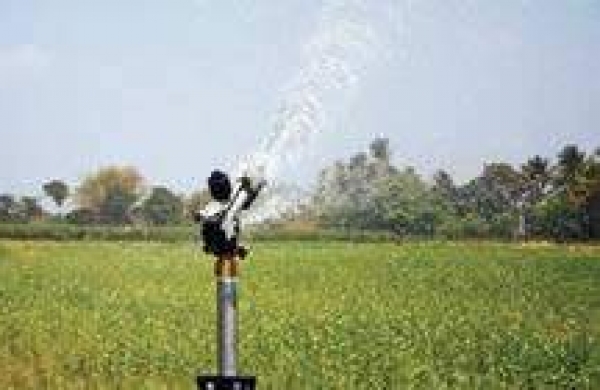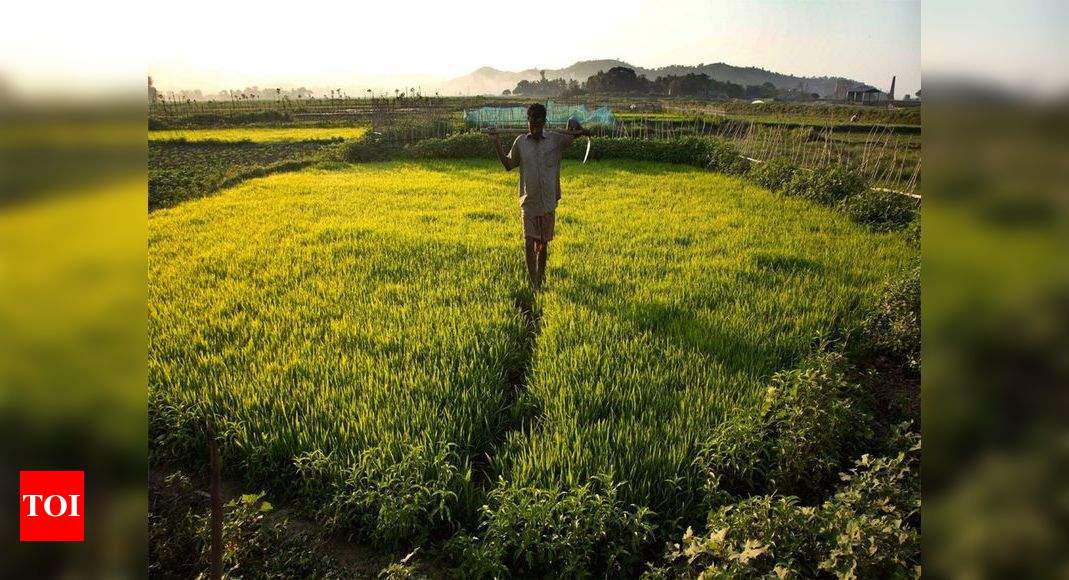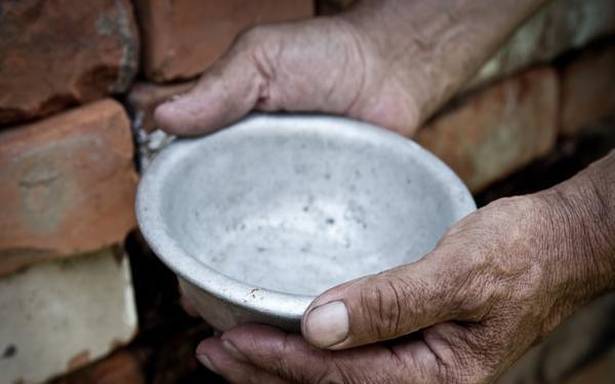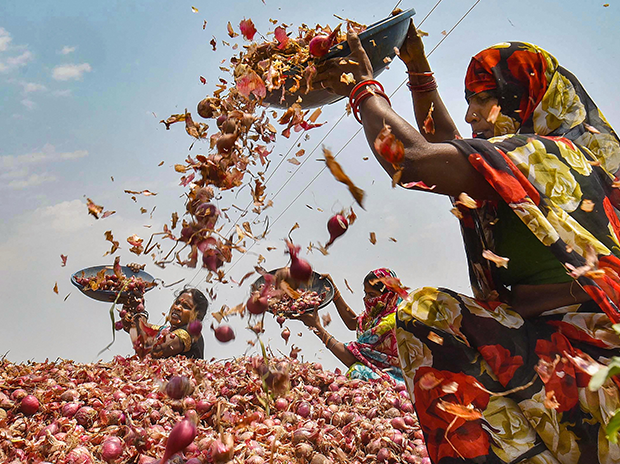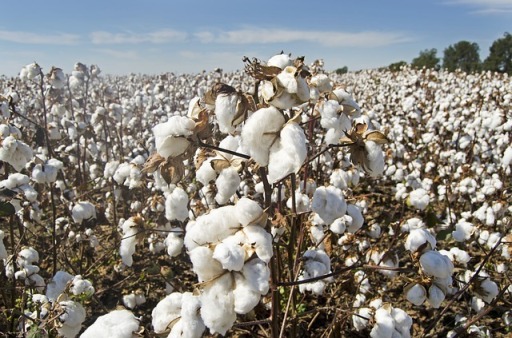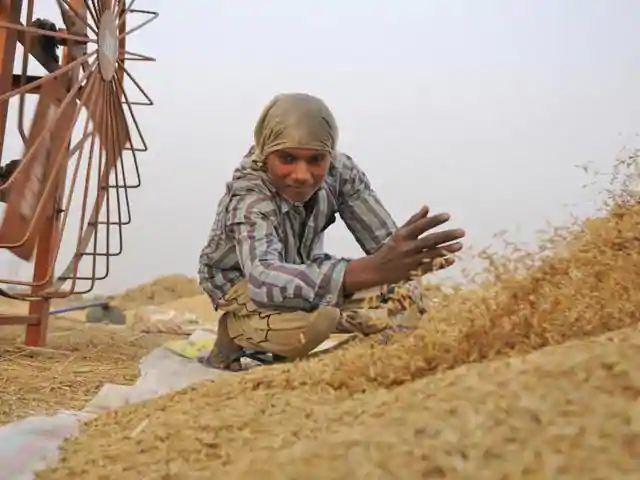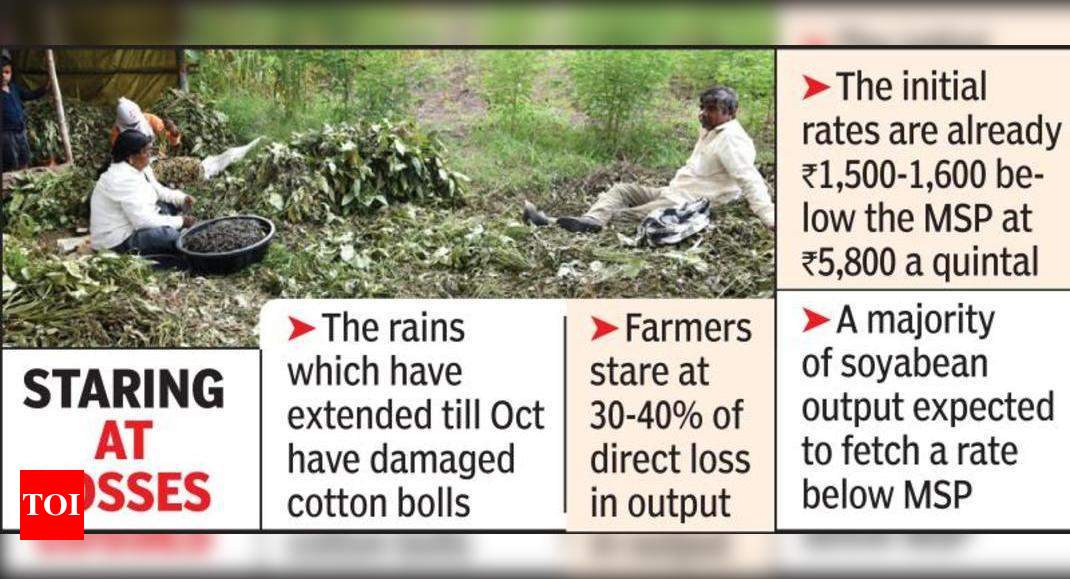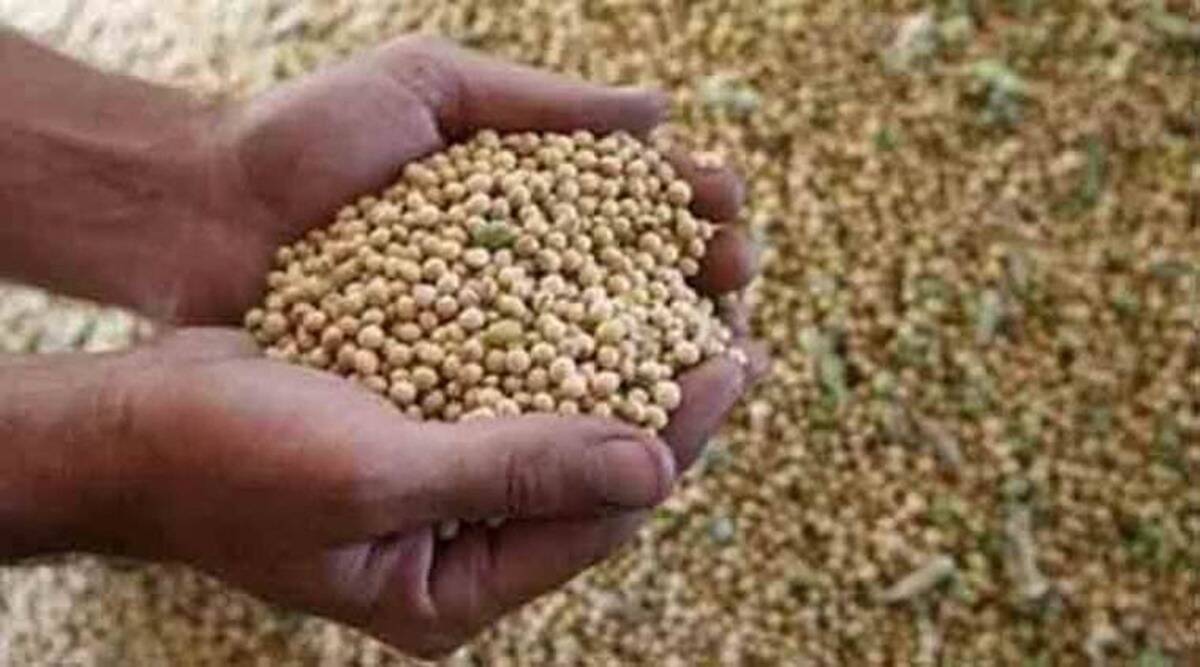 John LaRose Jr.
John LaRose Jr.
Topics: Drones UAV, Ag India, Ag Innovation, World Hunger, World Population,
Telangana varsity working on SOPs for use of drones in farming
To test the efficacy of drones, the PJTSAU, along with World Economic Forum and Telangana Department of Information Technology, has identified five crops to be grown in five different districts.
-
(1)
-
Bookmark
- Comments (0)
 John LaRose Jr.
John LaRose Jr.
Topics: Precision AG , Irrigation, Water, Economics, Ag India, World Hunger, Government / Policies, World Population,
Anantapur farmers waiting for micro irrigation equipment subsidy for seven months
Farmers of drought-prone Anantapur district have been waiting to get micro irrigation equipment for the past seven months.
-
(1)
-
Bookmark
- Comments (0)
 John LaRose Jr.
John LaRose Jr.
Topics: Economics, Ag India, Government / Policies, World Population, Coronavirus/COVID,
Least impact of Covid lockdown on UP agricultural sector | Lucknow News - Times of India
The farm sector of the state showed least impact of Covid-19 in the first quarter of this fiscal year when Covid-induced lockdown was most stringent.
-
(1)
-
Bookmark
- Comments (0)
10/30/2020 SOURCE: thenextweb.com
There are more than 5.8 million cotton farmers in India according to the country’s Textile Ministry. Every year, they face heavy losses due to pests attacking their crops. In 2017, farmers in the state of Maharashtra faced a loss of ₹15,000 crores ($2.1 billion) as 50% of the crop was under attack from pests. As a […]
How AI is helping Indian cotton farmers reduce pesticide use
-
(0)
-
Bookmark
- Comments. (0)
 John LaRose Jr.
John LaRose Jr.
Topics: Sustainability, Ag India, World Hunger, Government / Policies, Climate Change, World Population, Coronavirus/COVID,
The road to zero hunger by 2030
Resilient food systems will have to be built back as the world is not on track to achieve global targets
-
(0)
-
Bookmark
- Comments (0)
 John LaRose Jr.
John LaRose Jr.
Topics: Economics, Ag India, World Hunger, Government / Policies, World Population,
There's business in farming: How companies gain from agri sector reforms
The recent farm law changes unshackle farmers from restrictions on when, where, and to whom to sell. Here's a look at where companies can find investment opportunities in agriculture
-
(0)
-
Bookmark
- Comments (0)
10/26/2020 SOURCE: thecsrjournal.in
Syngenta India as part of their commitment to creating awareness on safety and health of the farming community, organized a […]
CSR News: Syngenta reaches out to Yavatmal cotton farmers with assistance in COVID-19 - The CSR Journal
-
(0)
-
Bookmark
- Comments. (0)
10/19/2020 SOURCE: www.hindustantimes.com
The impact of climate change on India’s agriculture is more evident than ever before, but millions of small and marginal farmers do not have adequate safeguards, said a study released on Friday.
Millions of farmers don’t have safeguards against climate change impact - india - Hindustan Times
-
(0)
-
Bookmark
- Comments. (0)
10/17/2020 SOURCE: m.timesofindia.com
Nagpur: Extended rains are expected to bring another tough year for the region’s cotton growers.
Extended rains spell trouble for Vid cotton, soya growers | Nagpur News - Times of India
-
(0)
-
Bookmark
- Comments. (0)
 John LaRose Jr.
John LaRose Jr.
Topics: Soybeans, Economics, Ag India, World Hunger, World Population,
Agriculture dept urges soyabean farmers to reuse produce as seeds for next season
The Agriculture department has recommended that farmers identify the best of their crop and re-use them as seeds for three continuous years, before buying new ones. Prior to sowing, the seeds should be treated to avoid germination failure.
-
(0)
-
Bookmark
- Comments (0)


